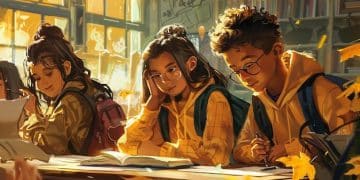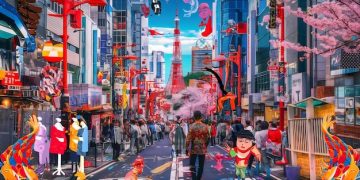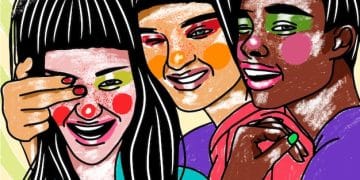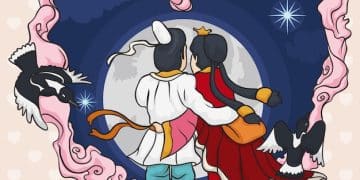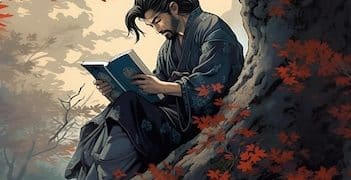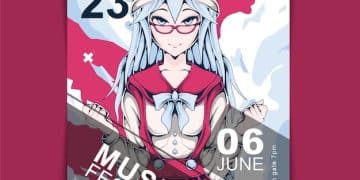The Art of Shonen: Best & Worst Character Designs of 2025
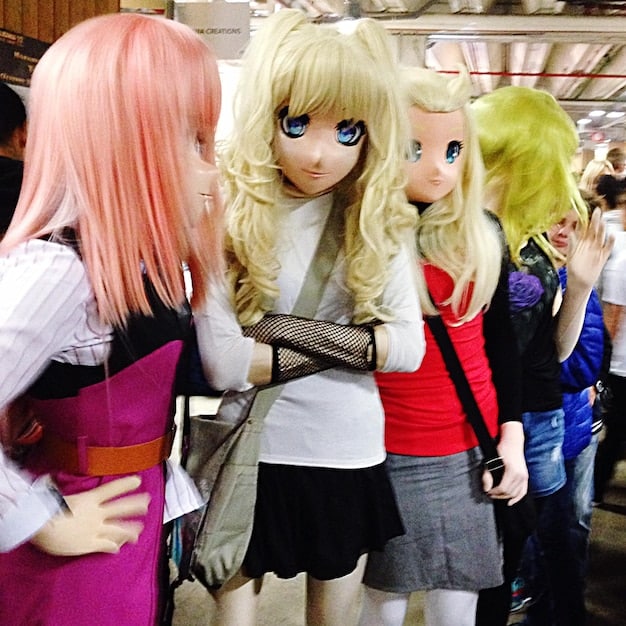
The Art of Shonen: Ranking the Best and Worst Character Designs of 2025 analyzes the visual strengths and weaknesses in recent shonen manga and anime, celebrating innovative designs while critiquing those that fall short of originality or impact.
The vibrant world of shonen manga and anime thrives on memorable characters. In 2025, we’ve seen a spectrum of designs, from the uniquely inspired to the regrettably generic. This article delves into The Art of Shonen: Ranking the Best and Worst Character Designs of 2025, offering insights into what makes a design truly stand out.
What Makes a Great Shonen Character Design?
Crafting a compelling shonen character design is about more than just aesthetics. It’s about conveying personality, story, and even themes through visual cues. The best designs become iconic, instantly recognizable and deeply connected to the narrative.
Uniqueness and Originality
One key aspect is uniqueness. A great shonen character should break away from established tropes, bringing something fresh to the table. This could be through innovative clothing, hairstyles, or even body types.
Reflecting Personality
The character’s design should also reflect their personality. A brooding, stoic character might have darker colors and sharp angles, while a cheerful, energetic character might sport bright colors and rounded features.
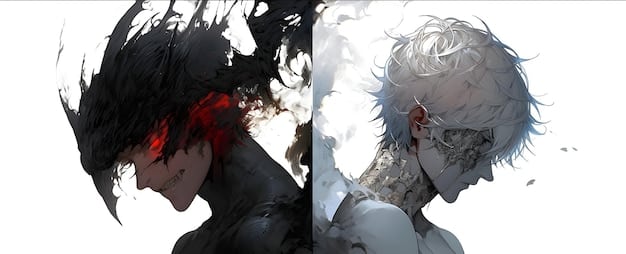
- Silhouette Recognition: Can you identify the character by their silhouette alone?
- Color Palette: Does the color scheme complement their personality and role?
- Memorable Details: Are there unique elements that make the character stand out?
Ultimately, great shonen character design is a blend of creativity, intentionality, and a deep understanding of storytelling. It’s about creating characters that not only look good but also resonate with audiences on a deeper level.
Top 5 Shonen Character Designs of 2025
2025 has gifted us with several standout shonen character designs that pushed the boundaries of creativity and visual storytelling. These characters have not only captured our attention but have also become ingrained in the anime and manga zeitgeist.
Character A (From Series X)
Character A from Series X boasts a truly original design. Their unusual hairstyle, combined with their symbolic clothing and eye-catching weapon, makes them instantly recognizable and visually striking. Its color palette uses earth tones and natural colors, which creates a stark contrast that symbolizes their relation with nature.
Character B (From Series Y)
Character B from Series Y showcases how simplicity can be powerful. While their design isn’t overly complex, its use of clean lines, bold colours, and subtle details speaks volumes about its personality. Series Y took its worldbuilding to a new level with visual storytelling. The character designs are a testament to that.
- Intriguing Backstory: Design hints at a complex and mysterious past.
- Visual Contrast: Juxtaposition between their appearance and personality.
- Symbolic Elements: Hidden meanings within their clothing and accessories.
These top designs demonstrate that great shonen character design is about more than just aesthetics, it’s a powerful tool for storytelling and character development. 2025’s best characters all have unique visual flairs that fit their personalities perfectly, and help endear them to their fanbase.
Worst 5 Shonen Character Designs of 2025
Unfortunately, not all character designs hit the mark. In 2025, some shonen series fell into the trap of generic designs, lacking innovation and failing to create memorable characters. While the series hold some merit, the character designs themselves were bland.
Character C (From Series Z)
Character C from Series Z suffers from a severe lack of originality. Their design feels cobbled together from existing tropes, resulting in a character that blends into the background. The uniform look and dark color scheme for the protagonists fails to spark any originality.
Character D (From Series Q)
Character D from Series Q exemplifies how a design can be overly complicated. The excessive details and lack of focus create a confusing visual cacophony. It can be hard to tell what they really are. The plot armor of the character also rubs viewers the wrong way. The overcomplicated design just exacerbates the problem.
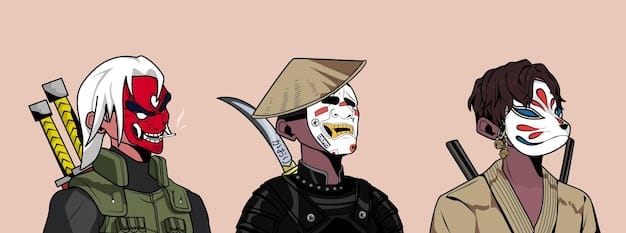
- Generic Archetype: The design conforms too closely to a common shonen stereotype.
- Poor Color Choices: Uninspired and unappealing colour palette.
- Lack of Defining Features: Absence of memorable details or unique traits.
These unfortunate designs serve as a reminder that character design is a crucial element of storytelling. Without compelling visuals, even the most well-written characters can fall flat.
The Importance of Evolving Design Trends
The shonen genre is constantly evolving, and character designs must keep pace. Stagnation can lead to a lack of interest from modern readers and viewers, while embracing new trends can revitalize a series.
Adapting to Modern Aesthetics
Modern audiences are drawn to designs that feel fresh and relevant. Incorporating contemporary fashion, technology, and cultural influences can elevate a character’s appeal. Modern art is all about the expression of the individual, and this must be reflected in modern character design.
Experimenting with New Styles
Designers should also be willing to experiment with new styles and techniques. Embracing different art styles, animation methods, and storytelling approaches can lead to truly unique and memorable characters.
Here are some styles to consider:
- Cyberpunk Influences: Incorporating futuristic elements into clothing and accessories.
- Diverse Body Types: Breaking away from the traditional slim and athletic builds.
- Inclusive Representation: Featuring characters from diverse backgrounds and cultures.
By embracing evolution, shonen series can stay ahead of the curve and continue to captivate audiences for years to come. The industry as a whole improves when more creative designers come into the genre to apply their individual experience. The more diverse the characters, the better.
Fan Reception and Influence on Character Design
Fan feedback plays a significant role in shaping character design trends. Creators often listen to their audiences, incorporating popular elements and addressing critiques to improve their characters.
The Power of Fan Art and Cosplay
Fan art and cosplay are powerful indicators of a character’s popularity and resonance. Designs that inspire creativity and self-expression are more likely to gain traction and influence future trends. When fans enjoy a character, they will express that through their own art.
Social Media and Online Forums
Platforms like Twitter, Reddit, and dedicated fan forums provide valuable insights into what fans love and hate. Creators can use this feedback to refine their designs and create characters that truly connect with their target audience.
Creators must be aware of fan outcry. If a designer makes a character too similar to another existing one, it can cause discourse online. Some tips to consider:
- Monitoring Online Discussions: Staying informed about fan opinions and concerns.
- Engaging with the Community: Encouraging dialogue and feedback from fans.
- Adapting to Popular Demand: Incorporating fan requests and suggestions when appropriate.
By actively engaging with their fanbase, series can create characters that resonate with audiences on a deeper level, fostering a sense of community and shared passion.
Predictions for Shonen Character Design in 2026
Looking ahead to 2026, we can anticipate several exciting trends in shonen character design. From exploring diverse representation to pushing the boundaries of visual storytelling, the future looks bright.
Emphasis on Inclusivity and Diversity
We expect to see a greater emphasis on inclusivity and diversity in character designs. Representing a wider range of ethnicities, body types, gender identities, and abilities will become increasingly important. The world is a diverse, multicultural place. Anime needs to represent that, too.
Blending Traditional and Modern Styles
We anticipate a fusion of traditional and modern styles, creating unique and visually stunning characters. Combining classic anime aesthetics with contemporary fashion and technology will result in truly innovative designs.
Designs can be elevated by paying attention to these:
- Diverse Cultural Influences: Incorporating elements from various cultures around the world.
- Technological Integration: Blending futuristic elements with traditional designs.
- Expressive Art Styles: Experimenting with unique and visually striking art styles.
In 2026, expect shonen character design to continue pushing the boundaries of creativity and visual storytelling, delivering characters that are both memorable and deeply meaningful.
| Key Point | Brief Description |
|---|---|
| 🎨Uniqueness | Novelty in character design crucial for memorability. |
| 🎭 Personality | Designs should clearly reflect character traits. |
| 🔄 Evolution | Adapting to trends keeps designs fresh and engaging. |
| 🗣️ Fan Influence | Feedback shapes character development and trends. |
FAQ
▼
A good shonen design breaks from tropes, reflects personality through visual cues, and is recognizable, often remembered long after the media is over. The best designs create a lasting impact.
▼
Color is crucial; it conveys emotion, signifies roles, and enhances memorability. A well-chosen palette can make a design iconic, while poor choices can make a character unappealing or forgettable.
▼
Designs fail due to a lack of originality, being overly complex, failing to match character traits, or not evolving with modern aesthetics. These quickly fade from relevance.
▼
Fan feedback, through art, cosplay, and online discussions, directly affects character development and design choices. Creators often adapt popular elements and avoid disliked ones, listening to the audience.
▼
Expect to see more inclusivity regarding representation and diversity. A fusion of traditional and modern styles will be more prominent, resulting in innovative characters that resonate deeper culturally.
Conclusion
The art of shonen character design in 2025 showcases a wide spectrum of creativity and innovation. While some designs soared with originality and visual storytelling, others missed the mark with generic tropes and convoluted details. As we look to 2026, the fusion of diversity, inclusion, and evolved fan reception will hopefully result in even more memorable faces.
